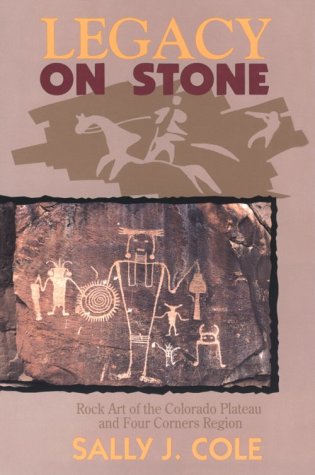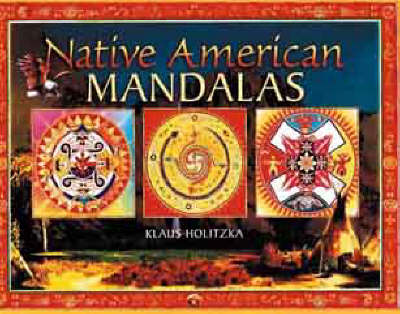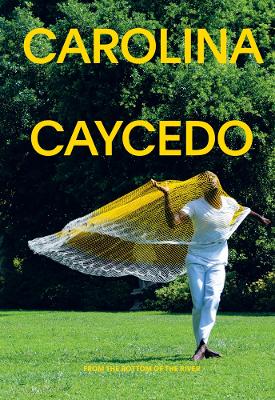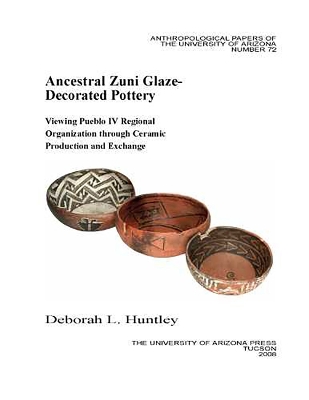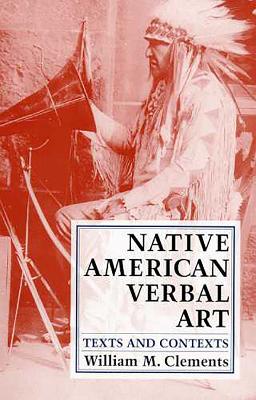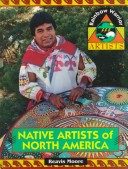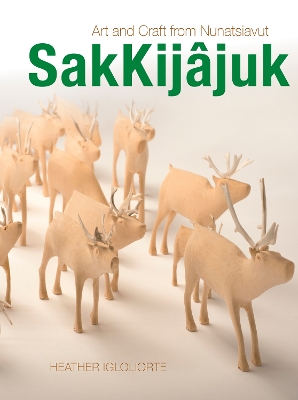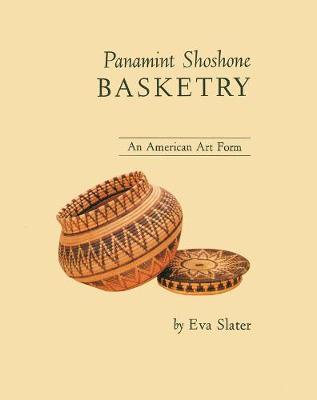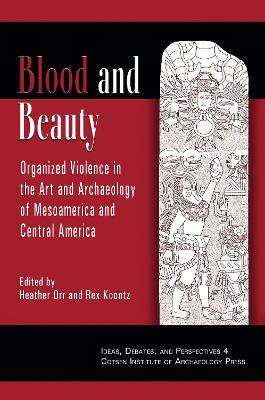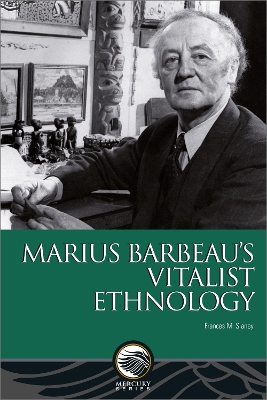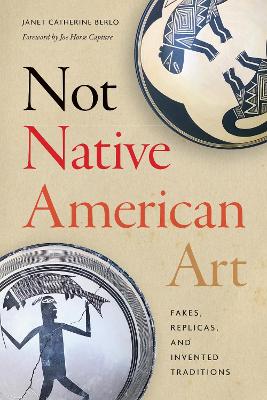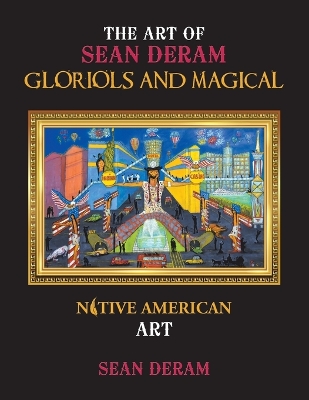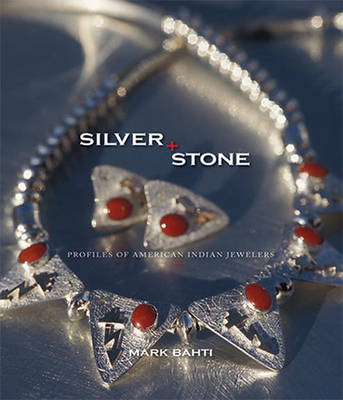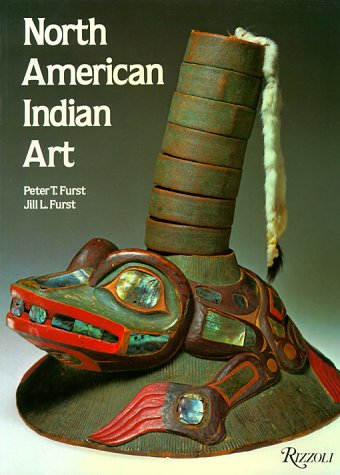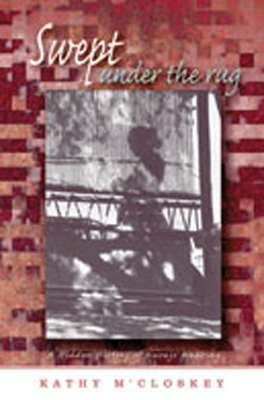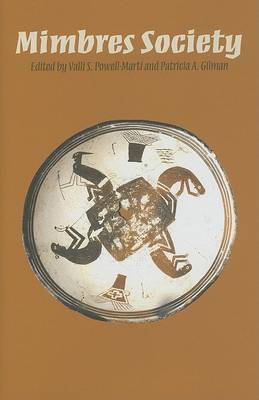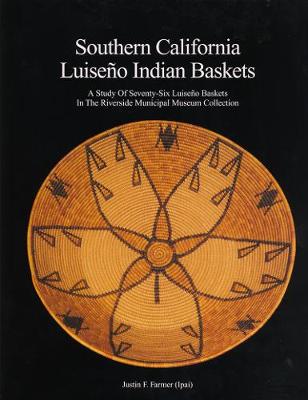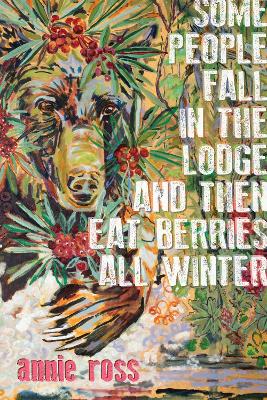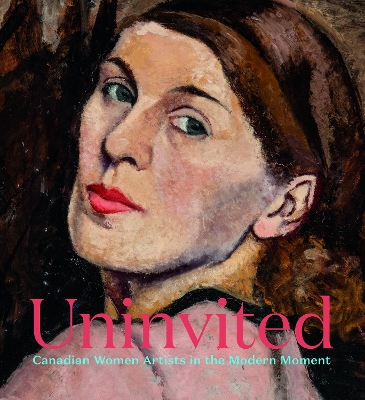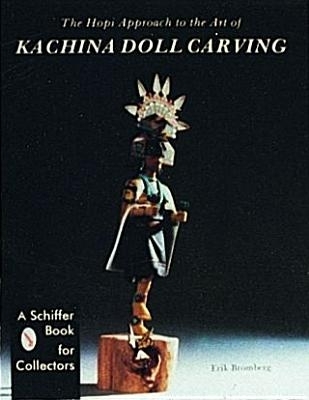Legacy on Stone: Rock Art of the Colorado Plateau and Four Corners Region
by Sally Cole
Beautiful designs to colour Each design is accompanied by a quote, prayer or song that puts the design in context
Themes of social and environmental justice in the multimedia artworks of renowned Colombian artist Carolina Caycedo Carolina Caycedo’s (born 1978) immense geographic photographs, lively artist’s books, colorful hanging sculptures and other works are not merely art objects, but gateways into larger discussions about how we treat each other and the world around us. She confronts topics such as the privatization of rivers and other bodies of water, territorial rights of Indigenous groups, the use...
An examination of sculpture and authorship in eighteenth-century Quito that documents Caspicara as a participant in the innovative artistic production of the city’s workshops and its widespread commerce of polychrome sculptures. Who is Caspicara? Nothing is known of Caspicara’s life, and not a single sculpture has been documented as his work. Yet traditional histories laud him as a prolific Indigenous sculptor in eighteenth-century Quito who created exquisite polychrome figures and became a na...
Native Artists of North America (Rainbow Warrior Artists) (Rainbow Warrior Artists S.)
by Reavis Moore
Brief biographies of five talented Native Americans, discussing their background and culture and their contributions to the world of art, music, and dance.
Winner, 2018 Canadian Museums Association Award of Outstanding Achievement in Education Shortlisted, 2018 Atlantic Publishers Marketing Association Best Atlantic Published Book Award Nunatsiavut, the Inuit region of Canada that achieved self-government in 2005, produces art that is distinct within the world of Canadian and circumpolar Inuit art. The world's most southerly population of Inuit, the coastal people of Nunatsiavut have always lived both above and below the tree line, and Inuit arti...
The Panamint, or the Koso, numbered only two or three hundred and lived in California's Death Valley through the early history of the state. Panamint Shoshone Basketry is the product of years of Slater's research on an art largely ignored in the fields of art history and cultural studies. Before the creation of this book, the Panamint people and their art form have only a scattered page or paragraph allotted to them in literature. Here, Eva Slater fills that gap, exploring a people who have surv...
Blood and Beauty (Ideas, Debates, and Perspectives, #4)
Warfare, ritual human sacrifice, and the rubber ballgame have been the traditional categories through which scholars have examined organized violence in the artistic and material records of ancient Mesoamerica and Central America. This volume expands those traditional categories to include such concerns as gladiatorial-like boxing combats, investiture rites, trophy-head taking and display, dark shamanism, and the subjective pain inherent in acts of violence. Each author examines organized violen...
This book examines Marius Barbeau’s career at Canada’s National Museum (now the Canadian Museum of History), in light of his education at Oxford and in Paris (1907–1911).Based on archival research in England, France and Canada, Marius Barbeau’s Vitalist Ethnology presents Barbeau’s anthropological training at Oxford through his meticulous course notes, as well as archival photographs at the Pitt Rivers Museum and the Bibliothèque et Archives nationales du Québec. It also draws upon Barbeau’s pro...
Explores the making and meaning of so-called Native American artThe faking of Native American art objects has proliferated as their commercial value has increased, but even a century ago experts were warning that the faking of objects ranging from catlinite pipes to Chumash sculpture was rampant. Through a series of historical and contemporary case studies, Janet Catherine Berlo engages with troubling and sometimes confusing categories of inauthenticity.Based on decades of research as well as in...
Exploring three major hubs of muralist activity in California, where indigenist imagery is prevalent, Walls of Empowerment celebrates an aesthetic that seeks to firmly establish Chicana/o sociopolitical identity in U.S. territory. Providing readers with a history and genealogy of key muralists' productions, Guisela Latorre also showcases new material and original research on works and artists never before examined in print. An art form often associated with male creative endeavors, muralism in f...
Examines Indian art, including weapons, wood and stone carvings, pottery, masks, and jewelry.
Collected and highly valued all over the world, Navajo weaving has been the subject of many aesthetic and historic studies. Grounded in archival research and cultural and economic approaches, this new book situates Navajo weavers within the economic history of the Southwest and debunks the romantic stereotypes of weavers and traders that have dominated the literature. Beginning with an analysis of trader archives revealing that nearly all Navajo textiles were wholesaled by weight until the 1960s...
Seventy-six baskets show off the skill and sophistication of Southern Luiseño and Soboba basket weavers and beauty of their art. Farmer comments upon each basket’s material composition; its pattern motif, whether subtle or stunningly intricate; and its probable use, such as for cooking, winnowing chaff from seeds, or playing dice games. A thorough introduction to common basketry techniques deepens our appreciation of the baskets as art objects and provides insight into the enduring culture of th...
A monument to the talent of Canadian women artists in the interwar period, Uninvited: Canadian Women Artists in the Modern Moment provides a full and diverse cross-country survey of the art made by women during this pivotal time, incorporating the work of both settler and Indigenous visual artists in a stirring affirmation of the female creative voice.
The Hopi Approach to the Art of Kachina Doll Carving
by Eric Bromberg
The beautiful diversity of Hopi Kachina dolls is pictorially presented to show past, present, and evolving styles. These carved representations of ceremonial figures taking part in celebration of the Kachina religion are highly collected by Indian and white peoples alike. This book serves to explain, compare, and present the variety of dolls that are found through color pictures, line drawings and a concise text. The carvers are given a great deal of recognition throughout the book as the discus...
